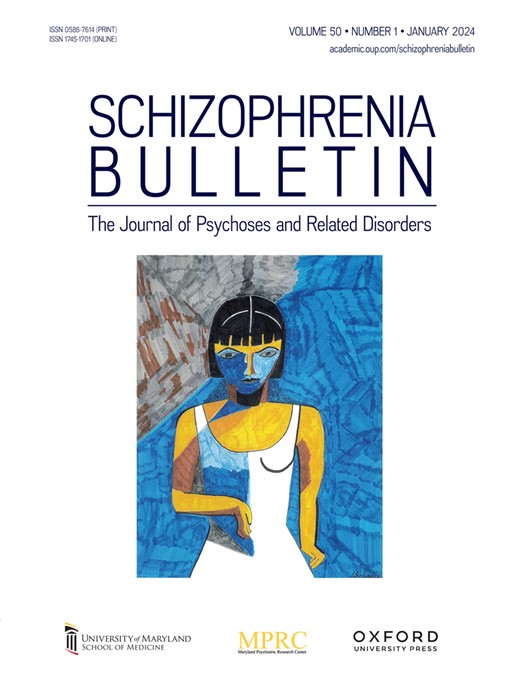87 STUDY ON RELIEVING MENTAL STRESS DISORDER OF RESIDENTS IN GREEN SMART CITY ENVIRONMENT
IF 5.3
1区 医学
Q1 PSYCHIATRY
引用次数: 0
Abstract
Background With the continuous economic growth and the rapid development of urbanization, people are facing a tense pace of life. The pressure in work, study and life seriously affects people’s mental health. The denseness of the urban environment and the fast-paced lifestyle may lead to increased mental stress among residents. The natural restorative environment of green smart cities improves people’s physical and mental health by providing ecological goods and services, relieving stress, and promoting physical activity and social interaction. In order to reveal the time-specific correlation between urban environment and brain structure and function, mental health status and neuropsychological assessment of young people, this study combed the existing researches from four dimensions: smart city green space, population attributes and characteristics, research methods and stress measurement, aiming to provide reference for the research on mental stress relief. Methods The study selected residents from Guangzhou, Zhongshan, Guangdong, and Nanning, Guangxi as research subjects. In the preliminary survey (pre-test), a total of 336 questionnaires were collected, while in the subsequent survey (post test), 300 questionnaires were collected. After matching, 256 valid questionnaires were finally obtained. The study used the Brief Depression Anxiety Stress Scale (DASS-21) to assess the psychological health status of participants. After the questionnaire collection is completed, use SPSS 26.0 software for data entry and analysis. In the data analysis stage, Harman single factor test is used to evaluate whether there are significant common method biases in the questionnaire results. Results In order to explore the causal relationship between green natural exposure, artificial outdoor exposure, and residents’ mental health, researchers conducted correlation analysis on pre - and post test data. The analysis found that there was no significant correlation between the artificial outdoor environment and residents’ levels of depression, anxiety, and stress, while the green natural environment was significantly correlated with these dimensions of mental health (P<0.05). Figure 1 shows the cross-lag analysis results of the relationship between green smart city environment and residents’ mental stress disorders, indicating a significant negative correlation between “green natural exposure T1” and “mental stress level T2”, while the correlation between “mental stress level T1” and “green natural exposure T2” is not significant. This indicates that green natural contact is a pre factor affecting residents’ mental stress levels. Discussion This study analyzed the cross lagged correlation between the environment of green smart cities and residents’ mental stress levels. Compared with artificial outdoor environments, the exposure to green natural environments is more related to residents’ mental health. The pre-test of green natural contact showed a significant negative correlation with the post test of residents’ depression, anxiety, and stress levels, while the correlation between the pre-test of residents’ depression, anxiety, and stress and the post test of green natural contact was not significant. This indicates that increasing exposure to green nature can help improve residents’ mental health levels. Future research needs to analyze more specifically which specific characteristics of green exposure (such as daytime or nighttime, frequency or duration of exposure) have an impact on residents’ mental health.求助全文
约1分钟内获得全文
求助全文
来源期刊

Schizophrenia Bulletin
医学-精神病学
CiteScore
11.40
自引率
6.10%
发文量
163
审稿时长
4-8 weeks
期刊介绍:
Schizophrenia Bulletin seeks to review recent developments and empirically based hypotheses regarding the etiology and treatment of schizophrenia. We view the field as broad and deep, and will publish new knowledge ranging from the molecular basis to social and cultural factors. We will give new emphasis to translational reports which simultaneously highlight basic neurobiological mechanisms and clinical manifestations. Some of the Bulletin content is invited as special features or manuscripts organized as a theme by special guest editors. Most pages of the Bulletin are devoted to unsolicited manuscripts of high quality that report original data or where we can provide a special venue for a major study or workshop report. Supplement issues are sometimes provided for manuscripts reporting from a recent conference.
 求助内容:
求助内容: 应助结果提醒方式:
应助结果提醒方式:


